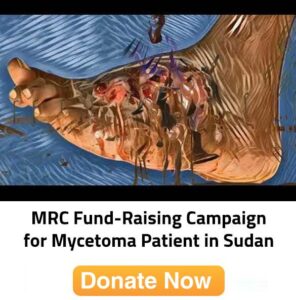The Mycetoma Research Center, Scientific Committee has appointed two distinguished Ambassadors for the year 2025:
Dr. Fabiana Alves
NTD Leishmaniasis - Mycetoma Cluster Director
Dr. Borna Nyaoke-Anoke
Head, The Mycetoma Programme, DNDi
As we celebrate the remarkable contributions of…
0
Publications






























